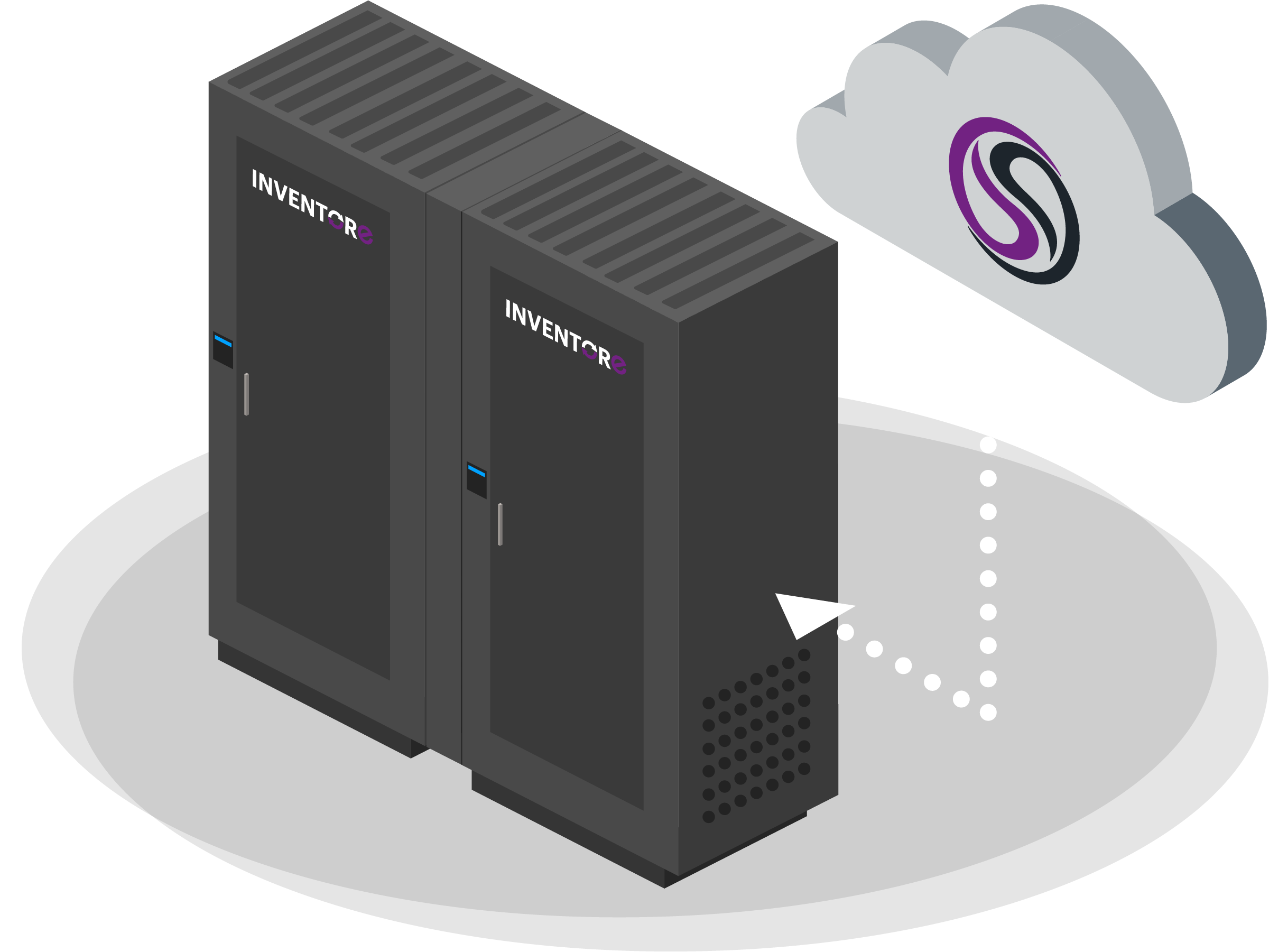Educational Innovation: A Guide to Revolutionising Learning
Why should we focus on educational innovation? Simply put, it’s the gateway to future-ready learning. In this exploration, let’s delve into the essence of innovation in education, highlight its critical importance, and examine real-world examples.
Understanding Educational Innovation
At its core, innovation in education means thinking outside the box. It’s not just about new gadgets or tools; it’s a mindset. This approach involves reimagining traditional teaching methods, fostering creativity, and adapting to the evolving educational landscape. Such innovation is essential in bridging the growing skills gap in today’s workforce.
The Imperative of Innovation
Why emphasize innovation in education? The answer lies in the changing demands of the modern workplace. A recent study revealed that a significant percentage of employers find their workforce lacking in necessary skills. This gap is where innovation in education becomes crucial. It’s about preparing students not just academically but also in terms of adaptability, creativity, and problem-solving skills.
Examples of Educational Innovation
How does innovation manifest in education? Let’s consider a few examples:
- Flipped Classrooms: Students watch lectures at home and engage in interactive activities in class.
- Blended Learning: A mix of online and traditional learning, helping students use digital tools effectively.
- Educational Technology (EdTech): Software and applications that enhance learning experiences, like video projects and virtual classrooms.
In this modern age where technology blends seamlessly with education, students must have the necessary tools and guidance at their fingertips. For those who find themselves in need of a little extra help with their academic journey, services like PaperTyper can be a real lifesaver. Imagine having a friendly assistant who’s just a click away, ready to “write essay for me” or lend a hand with various school assignments.
Innovating with EdTech Platforms
Innovation doesn’t always mean high-tech solutions. However, EdTech plays a vital role in modern education. From learning management systems to feedback tools and virtual classrooms, technology is reshaping how we teach and learn. These tools not only facilitate learning but also prepare students for a technology-integrated future.
The Future of Educational Innovation
Looking ahead, we can expect continued growth in personalized learning, hybrid models, and the integration of cutting-edge technologies like AI and virtual reality in classrooms. Embracing these innovations means fostering a culture of curiosity, critical thinking, and adaptability among students.
Final Words
In conclusion, educational innovation is not just a trend; it’s a necessity. By embracing new teaching methods and technologies, we can equip students with the skills and mindset to thrive in an ever-evolving world. Let’s step into this future together, redefining learning for generations to come.

Why should we focus on educational innovation? Simply put, it’s the gateway to future-ready learning. In this exploration, let’s delve into the essence of innovation in education, highlight its critical importance, and examine real-world examples.
Understanding Educational Innovation
At its core, innovation in education means thinking outside the box. It’s not just about new gadgets or tools; it’s a mindset. This approach involves reimagining traditional teaching methods, fostering creativity, and adapting to the evolving educational landscape. Such innovation is essential in bridging the growing skills gap in today’s workforce.
The Imperative of Innovation
Why emphasize innovation in education? The answer lies in the changing demands of the modern workplace. A recent study revealed that a significant percentage of employers find their workforce lacking in necessary skills. This gap is where innovation in education becomes crucial. It’s about preparing students not just academically but also in terms of adaptability, creativity, and problem-solving skills.
Examples of Educational Innovation
How does innovation manifest in education? Let’s consider a few examples:
- Flipped Classrooms: Students watch lectures at home and engage in interactive activities in class.
- Blended Learning: A mix of online and traditional learning, helping students use digital tools effectively.
- Educational Technology (EdTech): Software and applications that enhance learning experiences, like video projects and virtual classrooms.
In this modern age where technology blends seamlessly with education, students must have the necessary tools and guidance at their fingertips. For those who find themselves in need of a little extra help with their academic journey, services like PaperTyper can be a real lifesaver. Imagine having a friendly assistant who’s just a click away, ready to “write essay for me” or lend a hand with various school assignments.
Innovating with EdTech Platforms
Innovation doesn’t always mean high-tech solutions. However, EdTech plays a vital role in modern education. From learning management systems to feedback tools and virtual classrooms, technology is reshaping how we teach and learn. These tools not only facilitate learning but also prepare students for a technology-integrated future.
The Future of Educational Innovation
Looking ahead, we can expect continued growth in personalized learning, hybrid models, and the integration of cutting-edge technologies like AI and virtual reality in classrooms. Embracing these innovations means fostering a culture of curiosity, critical thinking, and adaptability among students.
Final Words
In conclusion, educational innovation is not just a trend; it’s a necessity. By embracing new teaching methods and technologies, we can equip students with the skills and mindset to thrive in an ever-evolving world. Let’s step into this future together, redefining learning for generations to come.











